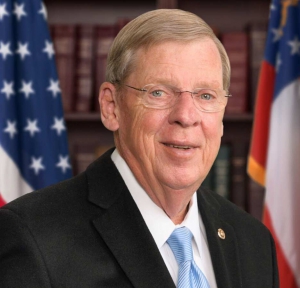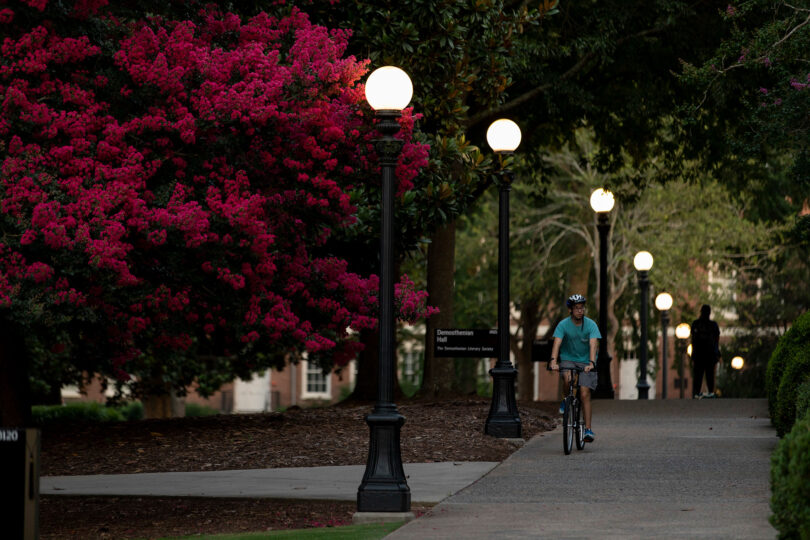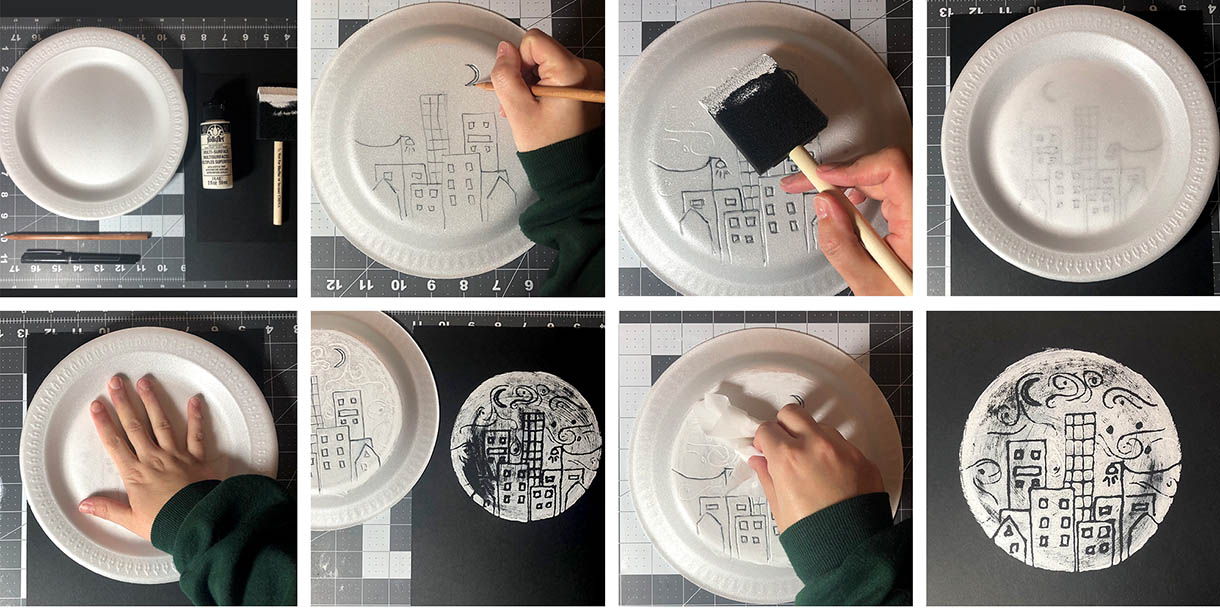UGA career fairs host record number of students, employers
This story was originally published on UGA Today on Oct. 20, 2022.
The University of Georgia Career Center hosted a record number of students and employers during its annual Fall Career & Internship Fair and Fall Engineering & Computer Science Career & Internship Fair held on Sept. 28 and 29.
Over those two days, 526 employers and more than 3,900 students passed through the doors of The Classic Center in downtown Athens where the events were held. The day after the fairs concluded, more than 60 employers hosted individual interviews with 388 students.
“The increase in attendance by companies this year signals that the appetite for recruiting UGA students has never been greater,” says Scott Williams, executive director of the UGA Career Center. “We’ve seen uncertainty and upheaval in labor markets, and it’s really exciting to help additional employers actively engage our pipeline of well-prepared students.”
A bevy of companies from a wide array of fields attended the events. Among those recruiting during the career fairs were The Home Depot, Google, Deloitte, AT&T, Delta Air Lines, FedEx, General Electric, Peace Corps, Siemens, BMW, Lockheed Martin, and Oracle. They were seeking to fill both full- and part-time positions, as well as internships in a variety of industries.
Successful events like these are one of the ways UGA has achieved a reputation for securing successful futures for its graduates. For the past ten years, over 90% of each year’s graduating class gained employment, entered graduate school or engaged in post-grad internships within six months of graduation. The fields these graduates entered—as reflected in the career fairs’ attending businesses—run the gamut, but engineering and computer science are rapidly growing interests among UGA graduates and students. Growth in those areas figures to continue with the establishment of the UGA School of Computing and the recent completion of the UGA College of Engineering’s renovation of the Driftmier Engineering Center.
“We were also pleased at the impressive number of UGA alumni who were back on campus representing their employer during the fairs,” says Williams. “They proudly wore their ‘alumni’ ribbon on their nametag and were able to more directly connect with students who may share a major or extracurricular activity with the recruiter.”
To prepare students for the fairs, the Career Center holds Resume Review Days. This year’s four-day event attracted 738 students for individual meetings with a Career Center staff member or volunteer employer representative.
“We knew that such strong student interest in our Resume Review Days was a harbinger for successful career fairs,” says Williams. “But watching a record number of students walking into the hall, realizing all the opportunities open to them and making personal connections that will improve their future was tremendously fulfilling for our team.”




